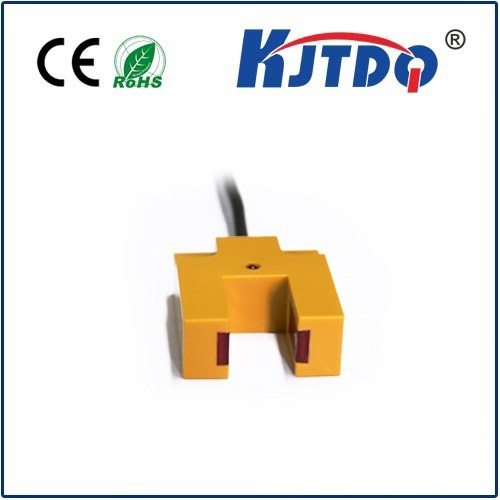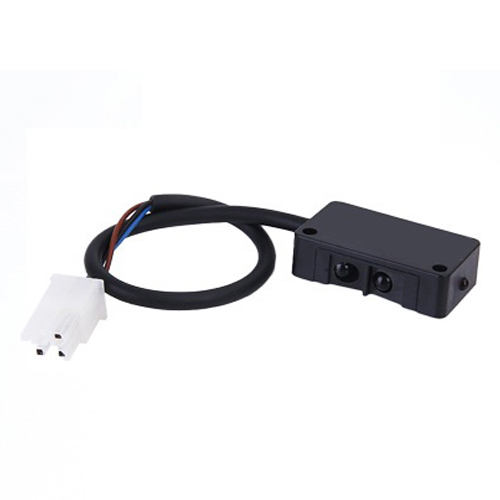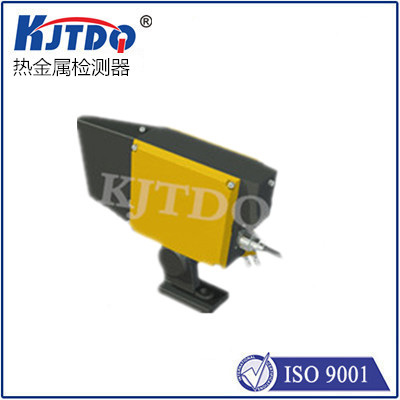

check

check

check

check

check

check

check

check

check

check
In the era of digital transformation, distance learning has gained immense popularity due to its flexibility and accessibility. However, traditional teaching methods have their limitations, especially when it comes to maintaining a strong connection between students and instructors. This is where proximity optic technology comes into play, offering a revolutionary approach to distance learning by enhancing the educational experience.
Proximity optic technology utilizes electromagnetic fields to create a tangible connection between remote learners and teachers. By projecting images and audio signals over long distances, it allows for face-to-face interactions without being physically present in the same room. This innovative solution not only bridges the gap between distance education and traditional classroom settings but also provides a more engaging and interactive learning experience for both parties.
One of the key benefits of proximity optic technology is its ability to mimic natural human communication patterns. By analyzing facial expressions, vocal tones, and body language, it can adjust the projection of information to match the preferences and needs of each individual learner. This personalized approach ensures that each student receives tailored feedback and support, leading to increased motivation and academic success.
Moreover, proximity optic technology can enhance collaboration among students by facilitating group projects and real-time discussions. By sharing screens and collaborating in real-time, students can work together seamlessly, regardless of their physical location. This not only improves productivity but also helps students develop valuable teamwork and communication skills.
In conclusion, proximity optic technology offers a unique solution to the challenges faced by distance learning. By providing a more engaging and interactive learning experience, it can help bridge the gap between traditional classroom settings and modern digital education. As technology continues to evolve, we can expect to see further advancements in this field, ultimately transforming the way we learn and teach.









